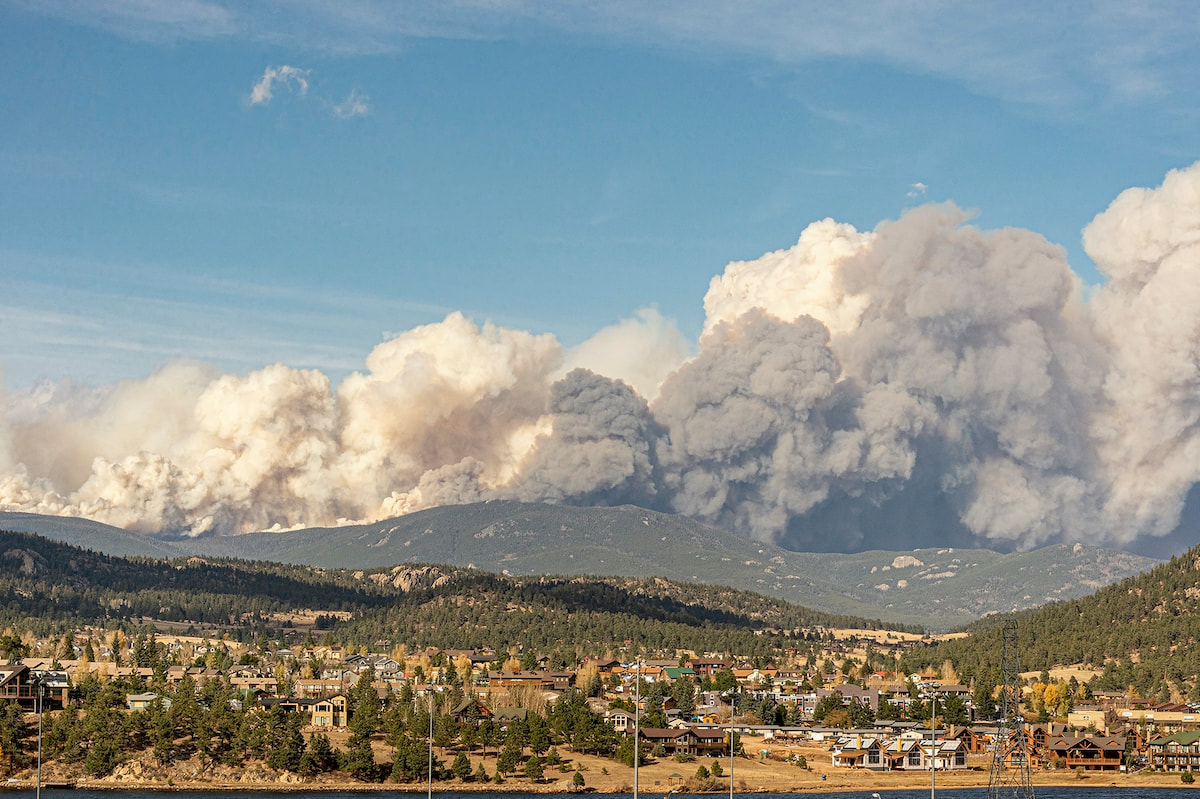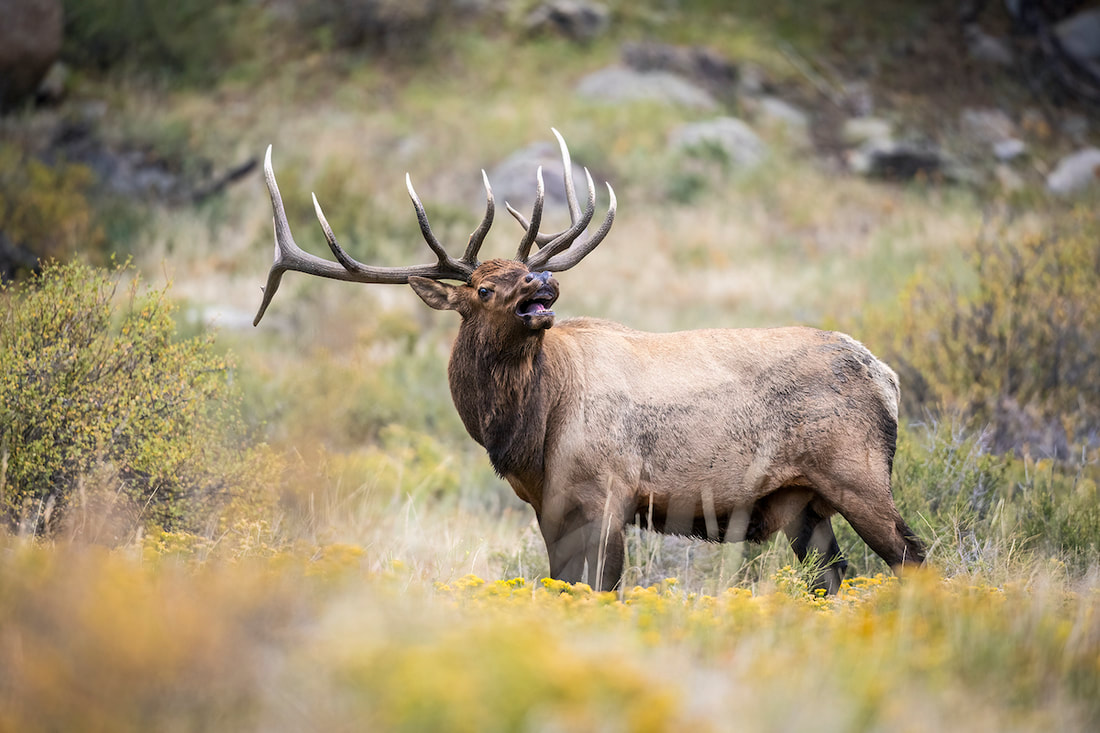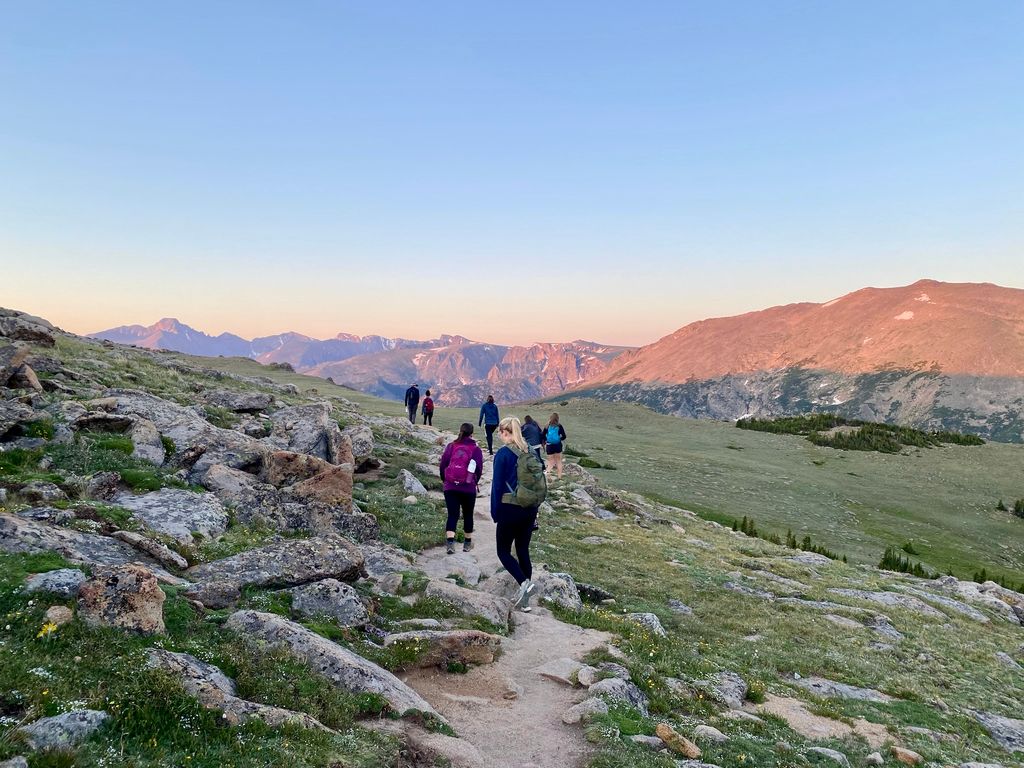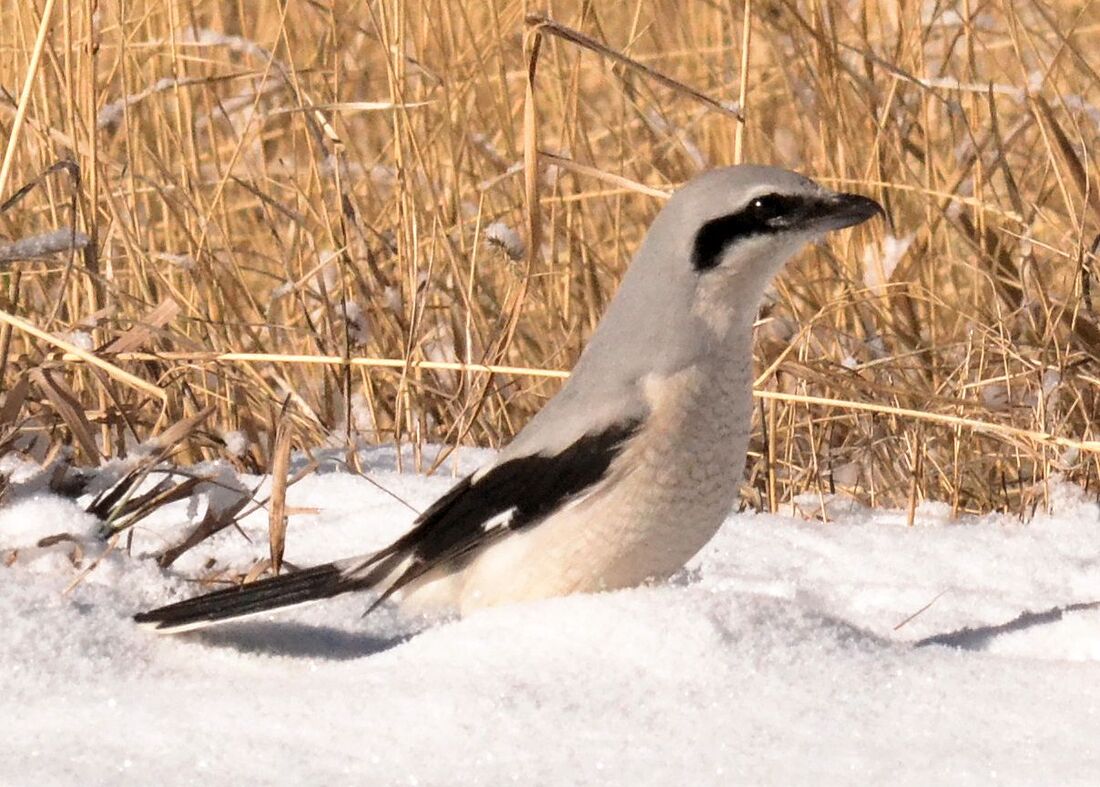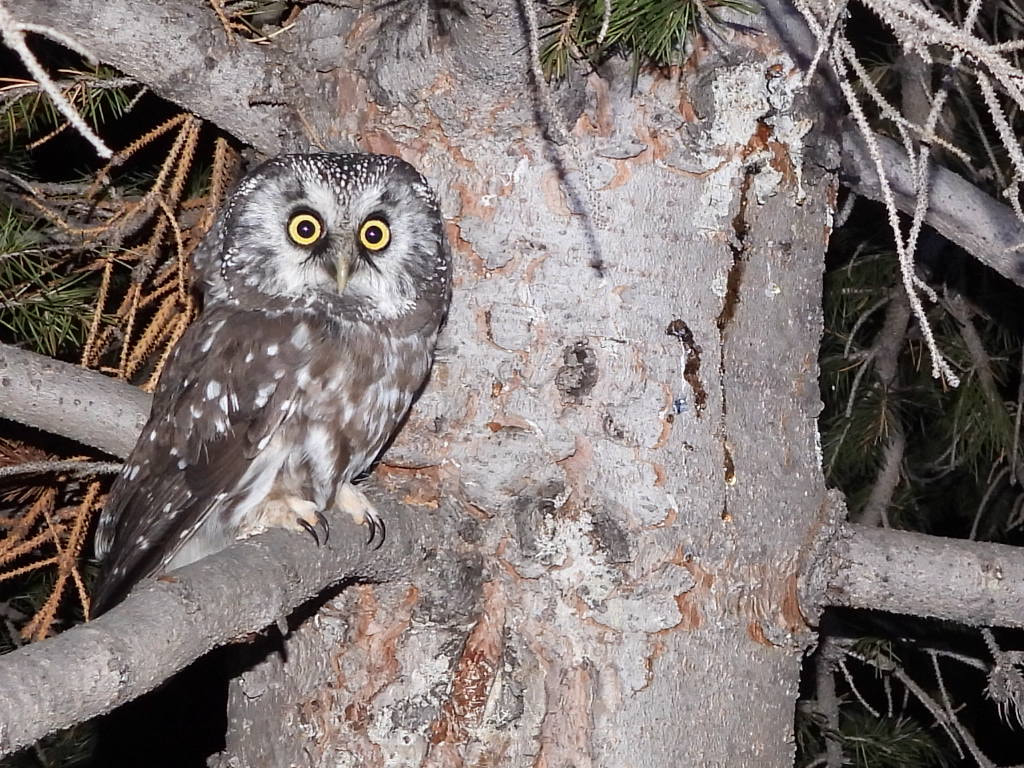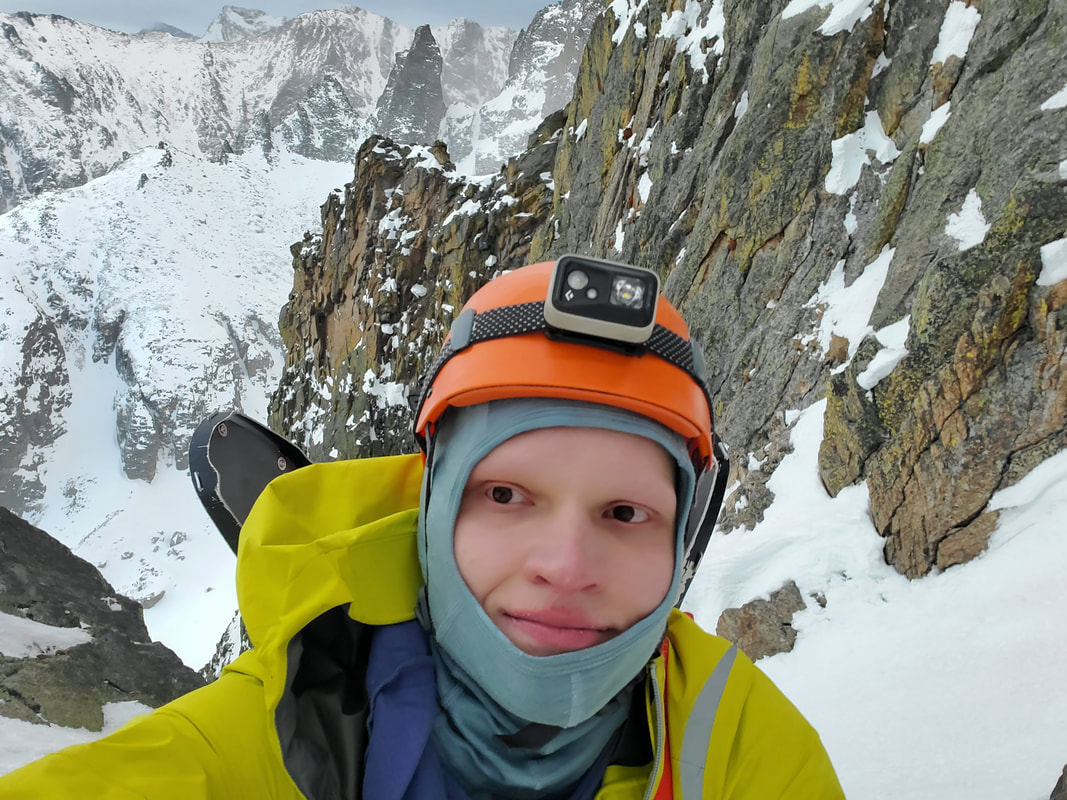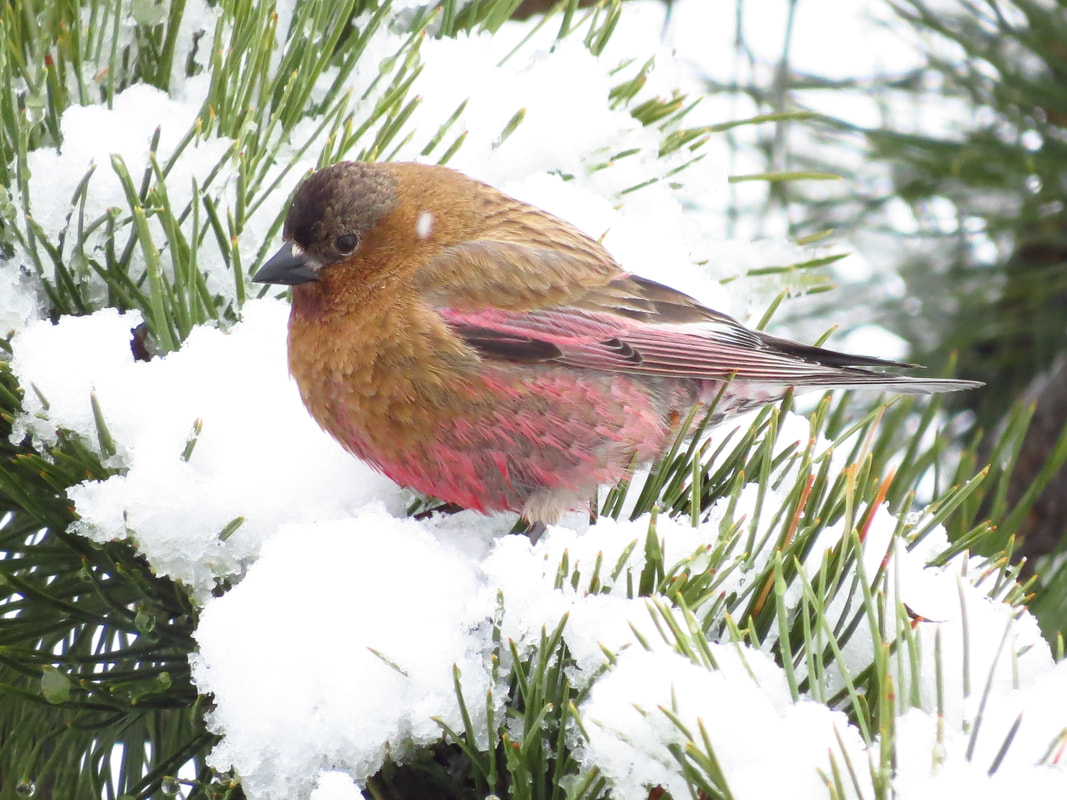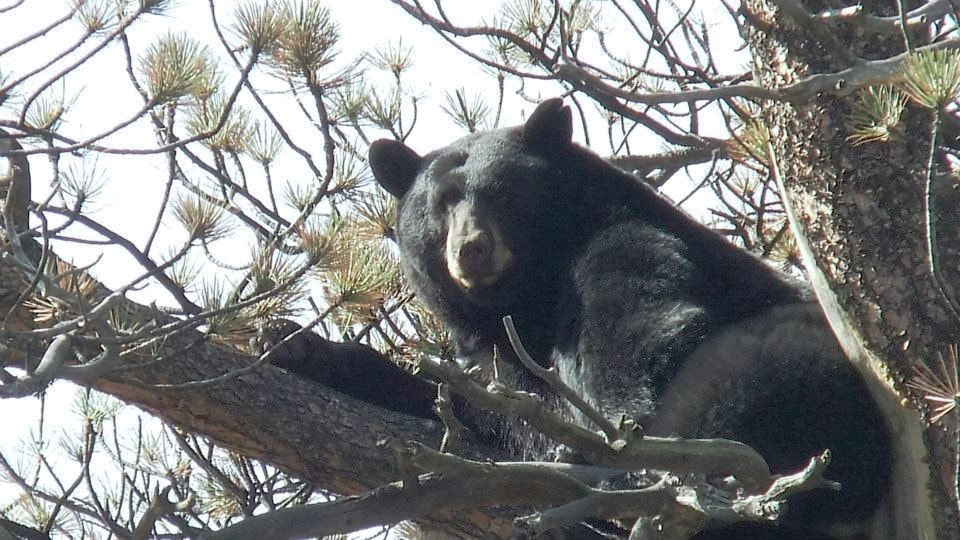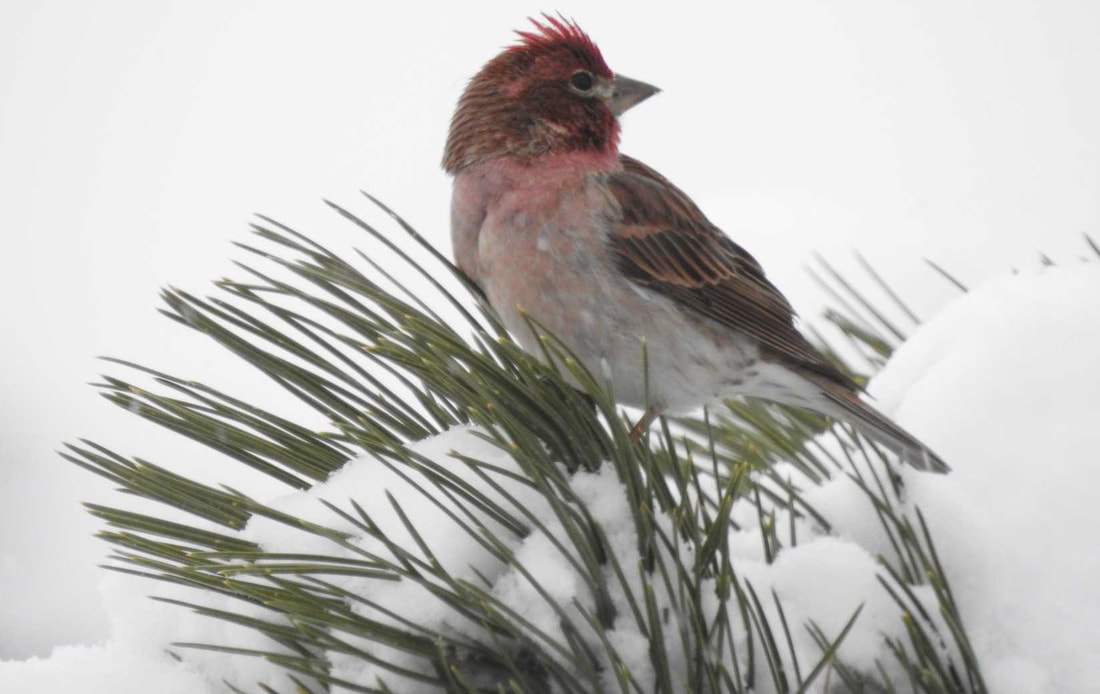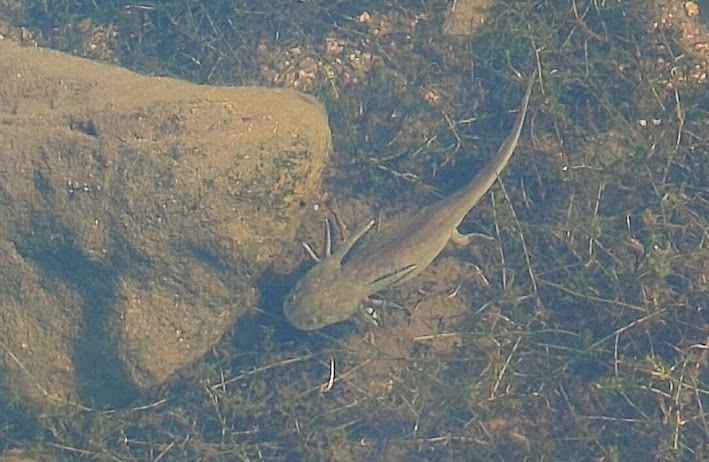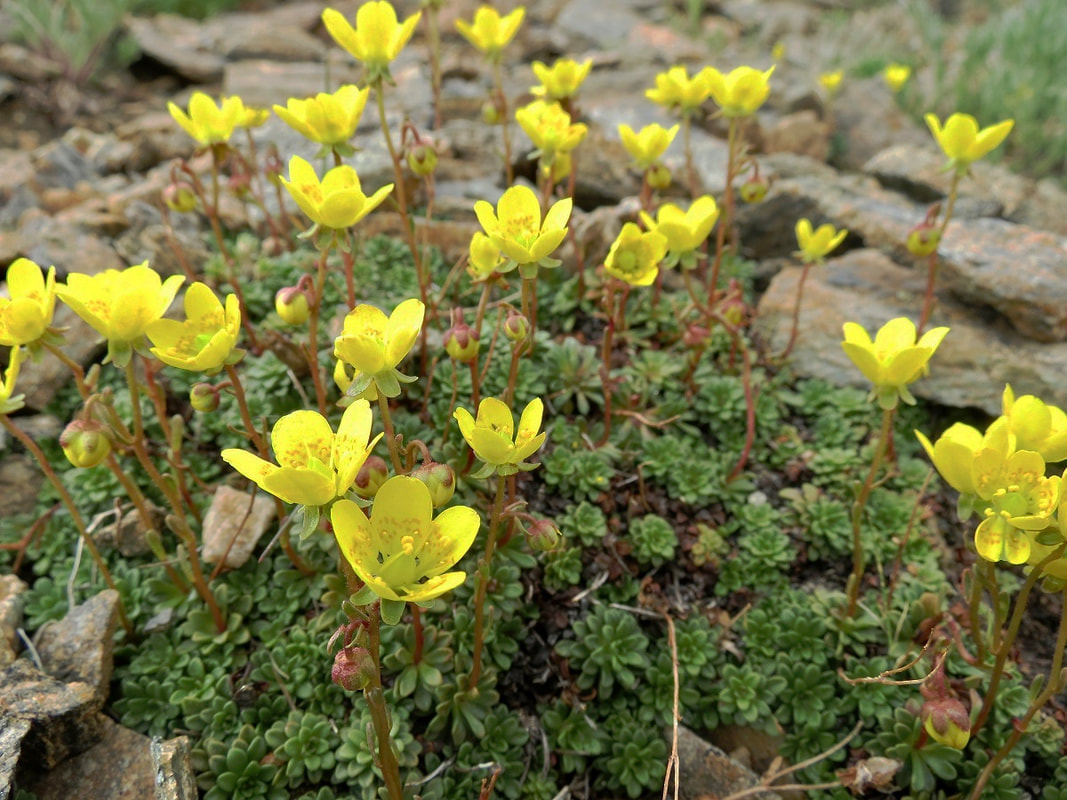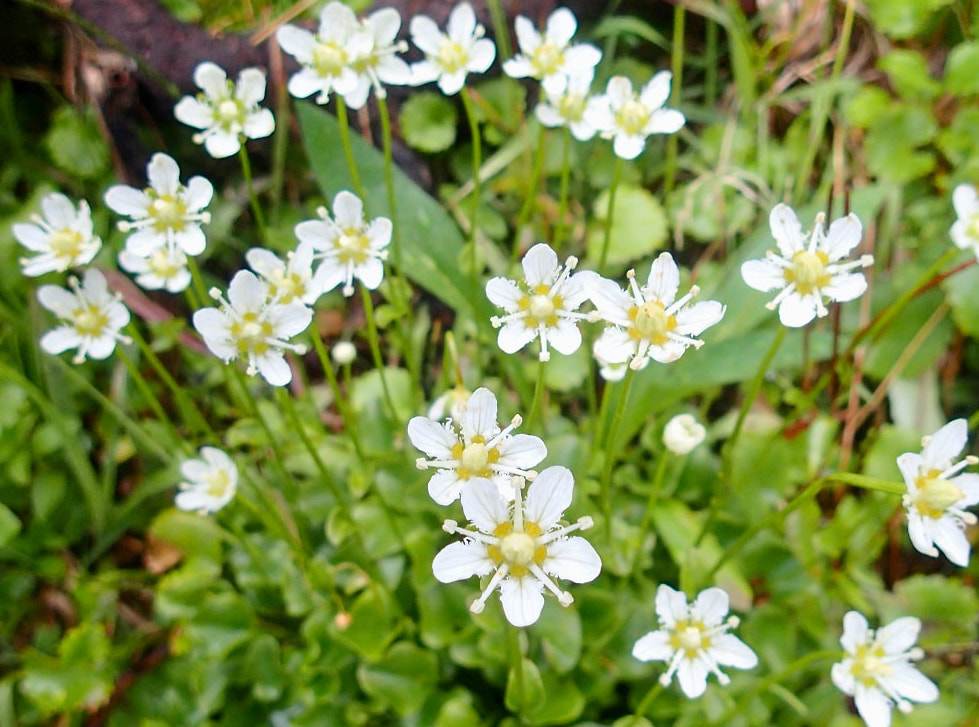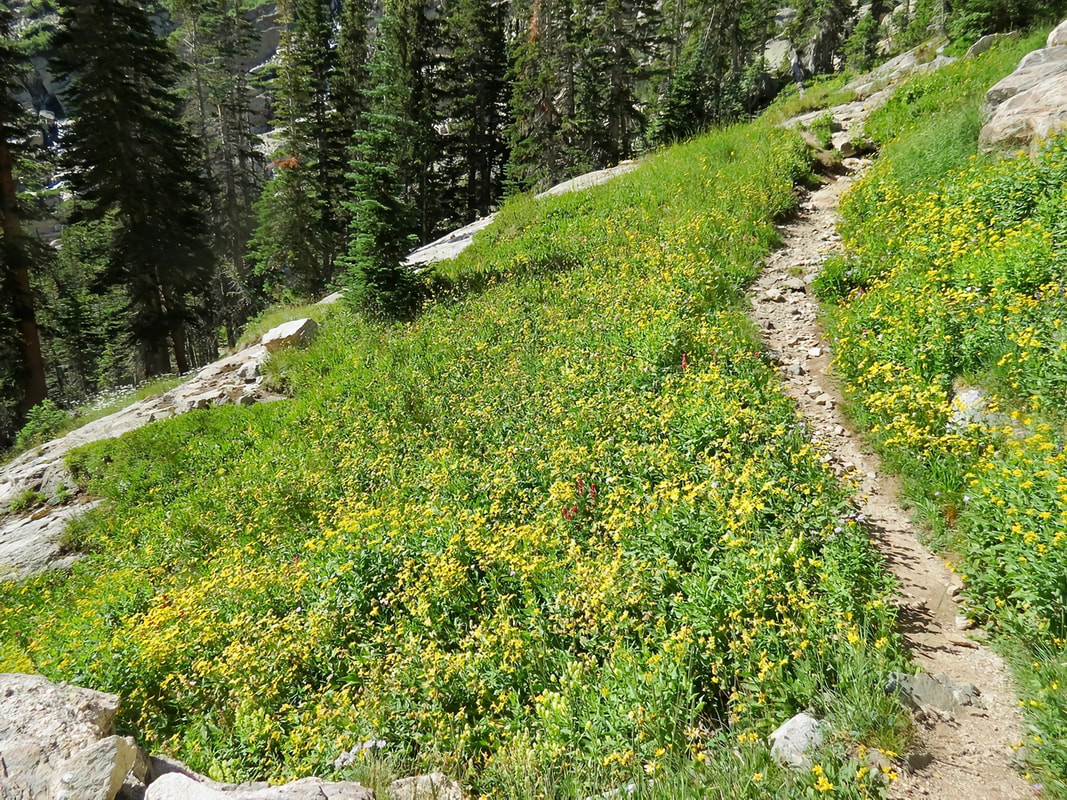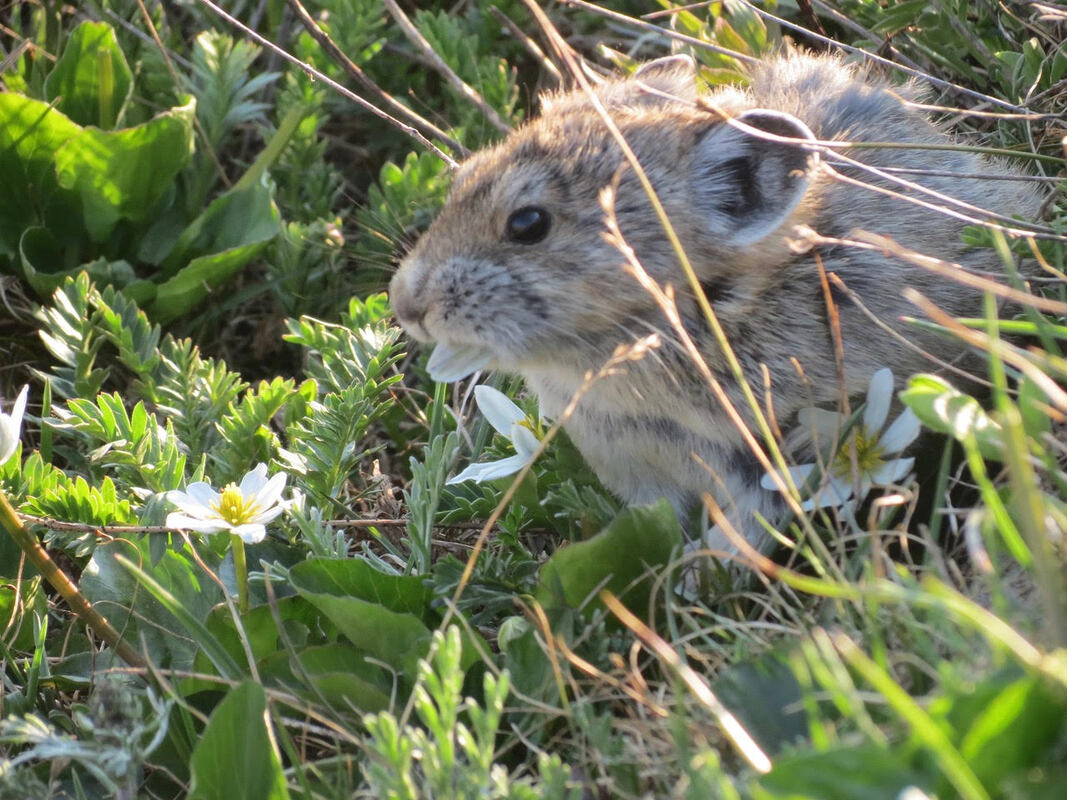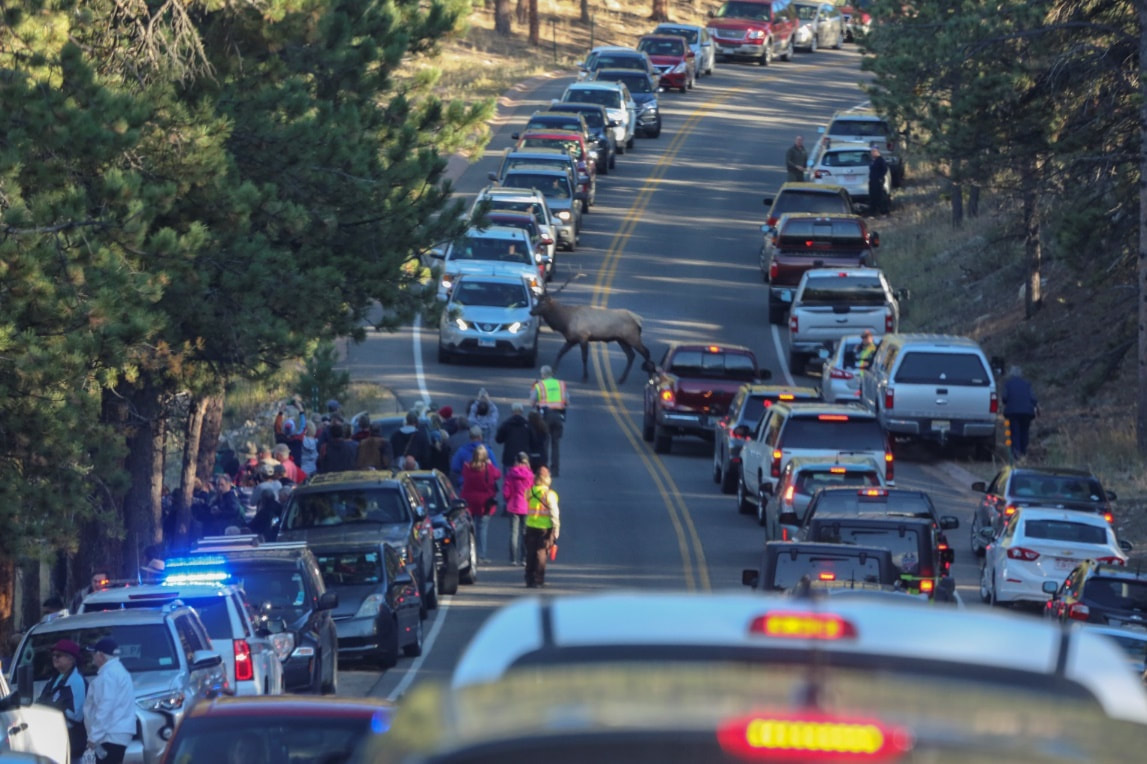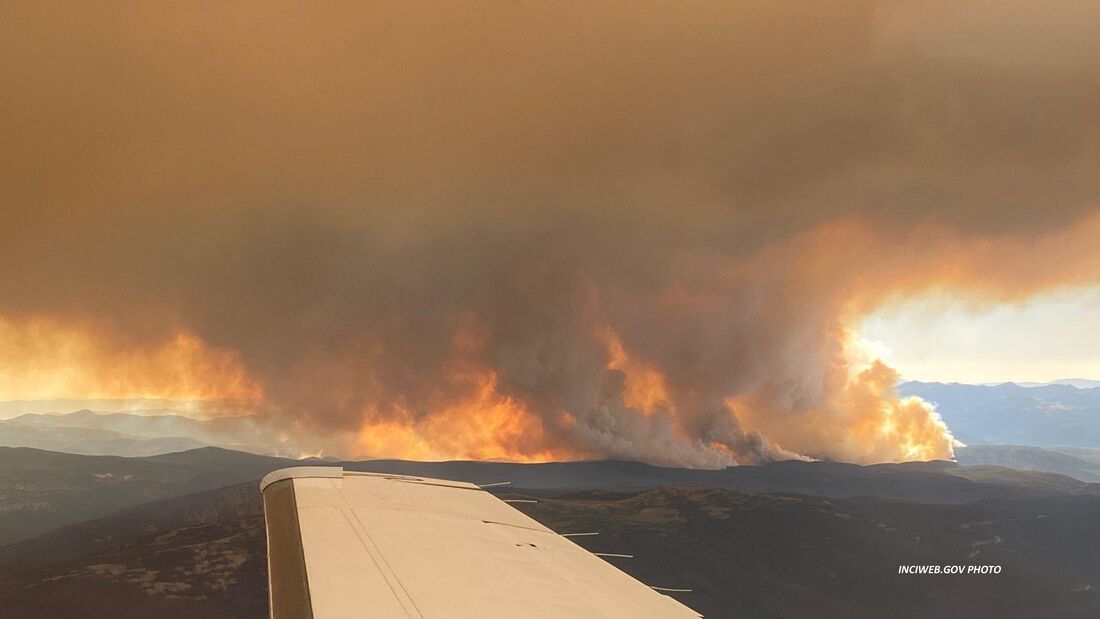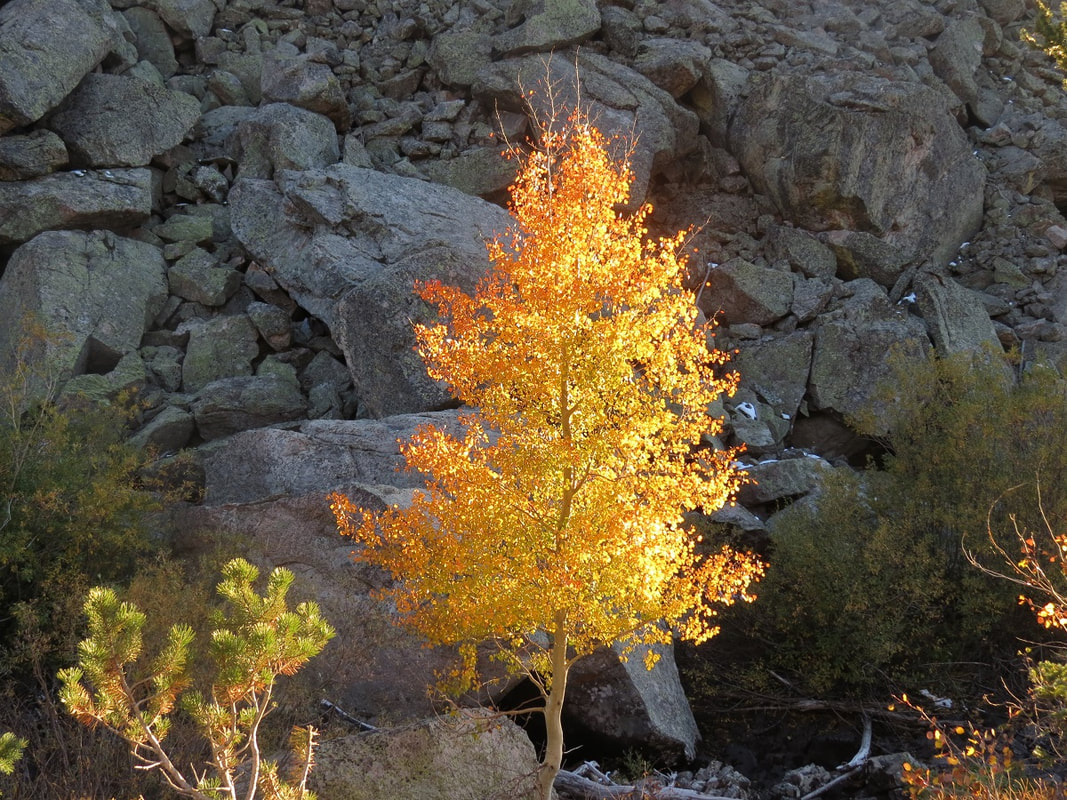Marking Five Years Since the Devastating Wildfires of 2020By Dawn Wilson, Dawn Wilson Photography
In August 2020, the Cameron Peak Fire started north of Rocky Mountain National Park. On the sunny summer day of August 13, 2020, the fire broke out near Chambers Lake in Roosevelt National Forest. The conditions were ripe for a wildfire to quickly spread, with low humidity, high winds and large amounts of dry forest fuel in the area. Keep Reading... |
The Season of the Elk in RMNPBy Dawn Wilson, Dawn Wilson Photography
Did you know that headdresses have come back in fashion? Headdress you say? What the heck is a headdress? Is that like a ring of flowers or a bonnet of feathers? Well, kind of. Headdresses catch the lady’s eye – but only cow elk truly find these “top hats” made of branches, twigs, grasses, leaves and anything else a bull elk can snag into his antlers something to take notice of in the fall. We have entered the mating season – or rut – for the Rocky Mountain elk and the headdress plays a part in the annual courtship process of the elk. Keep Reading... |
How Nature Restores
|
Winter Birds of RMNPby Scott Rashid
Colorado Avian Research & Rehabilitation Institute (CARRI) As fall ends and winter begins birds begin to move to their wintering grounds, or the areas where they will spend the winter months where they hope food and water is plentiful. Some of the birds that nest here also winter here, but other birds simply arrive in September and October to winter here. Here being Colorado and specifically the Estes Valley and Rock Mountain National Park (RMNP). Keep Reading... |
Looking Beyond the Fall Aspens in
|
Owl Banding in
|
Moose Research in
|
Changed by the RMNP MountainsBy Ally Anderson
Physiology and Medical Sciences UA Franke Honors College University of Arizona He was an uninspired kid, most often seen indoors playing video games, lacking the desire for exploration or challenging physical feats. ”Prior to hiking, I was a gamer. I spent a lot of time online. There's a lot of toxicity online. I didn’t get out much. Hiking allows me to clear my mind.” - Ely The mountains are the first and only thing that he's seen dramatically motivate him to get active. He has gone from an unmotivated child to a driven athlete looking forward to the next adventure, overall more enthusiastic and motivated about life as a whole. Keep Reading... |
Birds of Summer in RMNP
by Scott Rashid, Colorado Avian Research and Rehabilitation Institute
Now that summer is here, birds are singing, nesting and raising their young. In the winter, the common birds include Common Ravens, American Crows, Northern Pygmy-Owl, Black-billed Magpies, Mountain and Black-capped Chickadees, all three rosy-finches, the three species of nuthatches and more. However, when the migrants begin arriving from their wintering grounds the number of bird species exponentially increase. Most of the birds that spend the winter here, also remain here year-round. There are a few species that migrate north to nest. These northern migrants include the Northern Shrike, Gray-crowned Rosy-finch, Common Redpoll, Lapland Longspur, and the Snow Bunting. Keep Reading... |
Small Mountain Owls in
|
Spring Birds in Rocky Mountain National Parkby Scott Rashid
To see and read more from Scott visit his website Colorado Avian Research and Rehabilitation Institute There are birds that spend the winter in Rocky Mountain National Park (RMNP), including Townsend’s Solitaires, Black-billed Magpies, Pygmy Nuthatches, Clark’s Nutcrackers, American Robins, Canada Jays, rosy-finches, and Common Ravens. Several species leave the park to spend the winter in Estes Park to find bird feeders, often staying near them feeding until spring. Keep Reading... |
Bettie Willard: Tundra Pioneerby Barb Boyer Buck
Bettie Willard always dreamed of being a National Park Service ranger, especially after she attended the Yosemite Field School in the summer of 1948. By the time Bettie was finished with her European studies and work, she knew she wanted to go to grad school and study American alpine plants. She established a plot at Rock Cut in 1958 that was 10 square meters large (current pipe fencing at Rock Cut includes her original plot). Keep Reading... |
The Geology of Rocky Mountain National Parkby Barb Boyer Buck
Driving up to Estes Park from the Front Range, you travel on roads that were cut through dense layers of basement rock, pushed up from the ground in what looks like a violent fashion. The sight humbles me; I feel quite small, even though this happened millions of years ago. The majestic Rocky Mountains that come into view as you dip down into Estes Park look like timeless unchanging sentinels of this mountain valley. But in reality, they are constantly evolving. Keep Reading... |
Babes of Rocky: Wildlife babies in the Park!story by Chadd Drott
The best time to visit Rocky Mountain National Park depends on the purpose of your visit. From backcountry skiing on fresh powder to a beautiful summer day on the summit of Longs Peak, Rocky has something for everyone. However, my recommendation for viewing the most amount of wildlife, and to witness the miracle of life, would be the first two weeks of June. It's baby season in the Park! Keep Reading... |
American Black Bear Safetystory by Chadd Drott
The most important aspect of bear safety, or any predator safety for that matter, is to remember there is not one guaranteed way to avoid nor survive an attack. There are steps you can take to do your best to avoid an attack but nothing, including the advice of a self- proclaimed expert, is foolproof. One thing is for sure, the bear definitely has flight on its mind more than fight about 99% of the time. Keep Reading... |
Snowbirdsby Scot Rashid
Snowbirds (the avian kind) that are found in the mountains can be different species than those found in the foothills and plains. For example, each winter, Clark's Nutcrackers, Pine Grosbeaks, and brown- capped, black and Gray-crowned Rosy-finches move from the alpine tundra of Rocky and sub-alpine and to winter in and around Estes Park, Aspen, Vail, and other mountain towns. Keep Reading... |
Long-Tailed WeaselChadd Drott
In the wonderful, wild, and at many times, whimsical world of the weasel, life is only lived in the fast lane. Mustelidae are a family of carnivorous weasels including otters, ferrets, badgers, wolverines, martens, fishers, ermines and mink. Like all members of this family, the long-tailed weasel (Mustela frenata) lives a speedy life. Now, before I get too far into their mysterious lifestyle, I think it would be best for me to tell you exactly what a long-tailed weasel is and what makes them so unique! Keep Reading... |
Mud Puppies No More?by Barb Boyer Buck
On a beautiful morning in late September, the surface of Lily Lake was still as glass. I walked out onto the fishing platform that extends above the lake and gazed into the water. “What is that?” exclaimed my friend Krissy, pointing to an odd creature just emerging from under a rock to walk along the muddy lakebed. I was stumped. A few rangers were nearby and identified them as Western Tiger Salamanders; they looked exactly like dark-colored axolotls. I had to know more. Keep Reading... |
West Ute Trail, Best Wildflower, Part 3by Marlene Borneman
The trail crosses the expansive alpine tundra taking in alpine clover, dwarf clover, Parry's clover, blackhead daisy, alpine sunflower, American bistort, mountain dryad, spotted saxifrage, alpine stitchwort, alpine parsley and loads more. In July, the petite elegant snowlover can be abundant and a treasure to find. Keep Reading... |
Timber Lake, Best Wildflower Hikes, Part 2by Marlene Borneman
This is terrific wildflower hike on the west side of the park through a broad range of habitats. A well-defined trail leads through a small meadow for a short distance. The trail then heads southeast through both dry and moist lodgepole pine and aspen forest where small-leaf pussy toes, Parry's milkvetch, showy locoweed, Richardson's and wild geranium, cinquefoil, and kinnikinnick are scattered. Keep Reading... |
Bluebird Lake, Best Wildflower Hikes, Part 1by Marlene M. Borneman
Whether you are looking to broaden your skills to identify flowers, find a rare plant, photograph a unique flower, or just to soak in the sheer beauty of an eye- popping field of color, wildflower hikes are a gratifying adventure for both body and mind. This is spectacular hike in Wild Basin takes you from a moist montane forest to alpine terrain. Waterfalls, fast flowing streams, and a small pond are features along the way with the finale of a stunning alpine lake surrounded by high peaks on the Continental Divide—graced by magnificent wildflowers. Keep Reading... |
Pikas in Perilby Barb Boyer Buck
The tiny American Pika, one of the most daring and weather-hearty animals in Rocky Mountain National Park, is exhibiting declining population numbers all over Colorado due to climate change. Dr. Chris Ray, a research associate at the University of Colorado, has been studying the American Pika for several decades. In February of 2022, she and a researcher from Northern Michigan University, Hilary Rinsland, presented the most recent findings of their work and the Colorado Pika Project in the Science Behind the Scenery seminar series. Keep Reading... |
Mindfulness in Mud Seasonby Marlene Borneman
I'm partial to the company of wildflowers. I look forward to meeting the first spring wildflowers sprouting up in March and April. This delightful time, however, often results in damage to plants, habitats, and trails. Spring is the time when nature's emergent gifts are most vulnerable. With melting snows and run offs, the trails become muddy and filled with wide, deep puddles. The trails may be still icy and snowy. It is so tempting to hike around puddles/mud/ice/snow. But hiking around these obstacles causes “social trails” damaging vegetation that may take decades to heal. Keep Reading... |
A Deep-dive into Timed Entry Reservationsby Barb Boyer Buck
The exploding visitation numbers at Rocky Mountain National Park combined with a budget that has stayed flat for a decade has put Rocky's management officials in a defensive position. Something must be done to keep Rocky from being loved to death. The reservation system for 2022 will look a lot like last year's, but it's still considered a pilot program; tweaks were made to address some of the shortfalls of the system that ran in 2021. Keep Reading... |
Lessons Learned from Colorado's biggest, Wildest Firesby Barb Boyer Buck
“Hope is not a strategy,” said David Wolf, fire chief for Estes Valley Fire Protection District, about the realization the Cameron Peak Fire, which started north of the Estes Valley on August 13, 2020, could burn straight toward his jurisdiction. “There was nothing but fuel” between the fire and Glen Haven after it jumped Highway 14, so Wolf started preparing for if it came this way. Rocky Mountain National Park's fire management officer, Mike Lewelling, started a response in conjunction with the National Forest Service right away. Keep Reading... |
Glorious Autumnby Marlene Borneman
Just as wildflowers blooming in summer bring us joy, autumn brings fresh pleasures. The most recognized natural fall spectacle in Colorado is the changing colors of aspen leaves. Quaking aspen, Populus tremuloides, is a hardy deciduous tree native to North America. The leaves are small heart-shaped with fine serrated teeth on the edges. The white bark is smooth which becomes rutted and uneven with age. Keep Reading... |
© Copyright 2025 Barefoot Publications, All Rights Reserved

